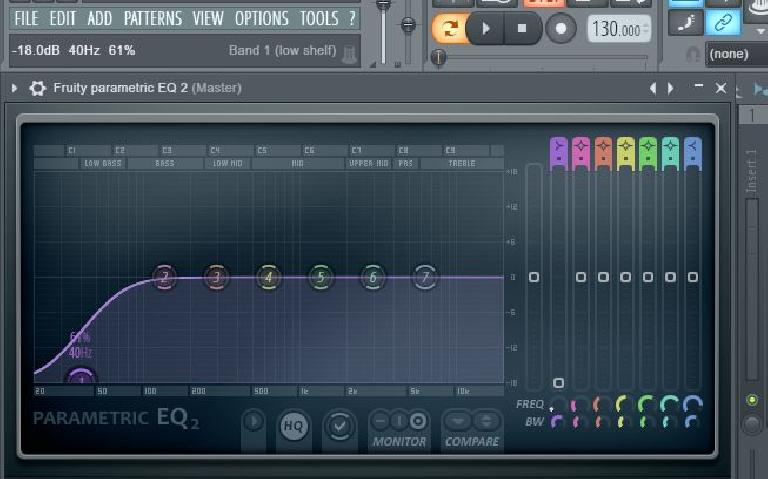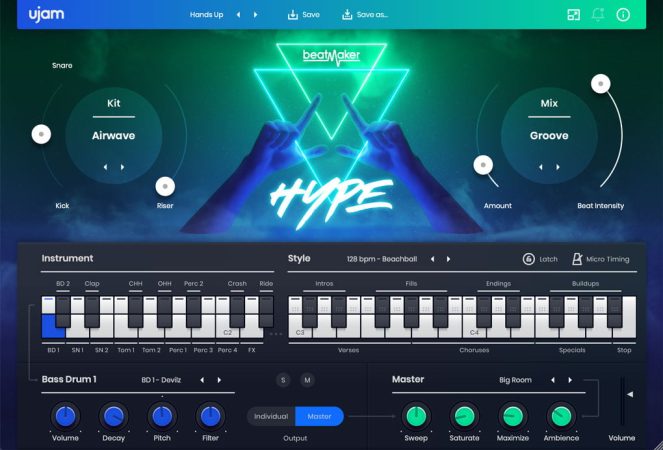

By mixing in mono (taking away the stereo-ness from your monitoring) you should find it easier and quicker to set fader levels. Setting static fader levels when there's a variety of stereo and mono tracks can be challenging as stereo sound (in the width of the soundstage) tickles our ears in ways that mono can't, making it tricky to get a solid sounding balance. If your music has a lot of instrument and effects tracks then there's a good chance these tracks will be in stereo (2 channels, left and right), but when we mix our sessions generally have a variety of tracks in mono that sit right up the phantom centre such as lead vocals, kick drums, bass guitars etc. Folding the stereo mix output to mono can really help you set static fader levels in early stages of mixing. The main mixing in mono benefit I want to share with you is a far more basic one.

Mixing is an important stage in music production as it brings together all of your recorded performances to make a single great sounding and emotive piece of music. So you have just recorded your first song in Pro Tools, well done.


 0 kommentar(er)
0 kommentar(er)
